Authors: Nathalie Schwab, Xavier Jordana, Joan Soler, Xavier Garrido, Pedro Brillas, Andrés Savio, Santiago Lavín, Marisa Ortega-Sánchez & Ignasi Galtés
Abstract:
Whereas gunshot injuries in human craniums have been well studied, reliable data on fracture patterns in ballistic long bone trauma remains scarce. Further information useful for forensic trauma interpretation and reconstruction may be retrieved from experimentally produced gunshot fractures. In order to avoid the use of human specimens for experimental research, it is of great interest to determine whether alternative models can reproduce the ballistic fracture patterns of human long bones. To address this question, we shot seven healthy adult human femurs and humeri each, ten samples each of two different polyurethane cylinders from Synbone® and four femurs from female red deer. The specimens were embedded in ballistic gelatin and perpendicularly shot from a distance of 2 m, using a 9-mm full metal jacket projectile at an impact velocity of 360 m/s. The macroscopical appearance of the detailed fracture pattern considering entry, exit and general cortical traits as well as the bullet’s energy lost upon impact were compared between the models. Despite some general similarities, neither of the two alternative models entirely reproduced the fracture patterns of human long bones. Comparing the two alternative models, the surrogate model revealed more significant differences to the human fracture than the animal model. This leads to the conclusion that the polyurethane material provides a different failure mechanism than real bone, underpinning the challenge in deploying an accurate analog.









Leave A Comment